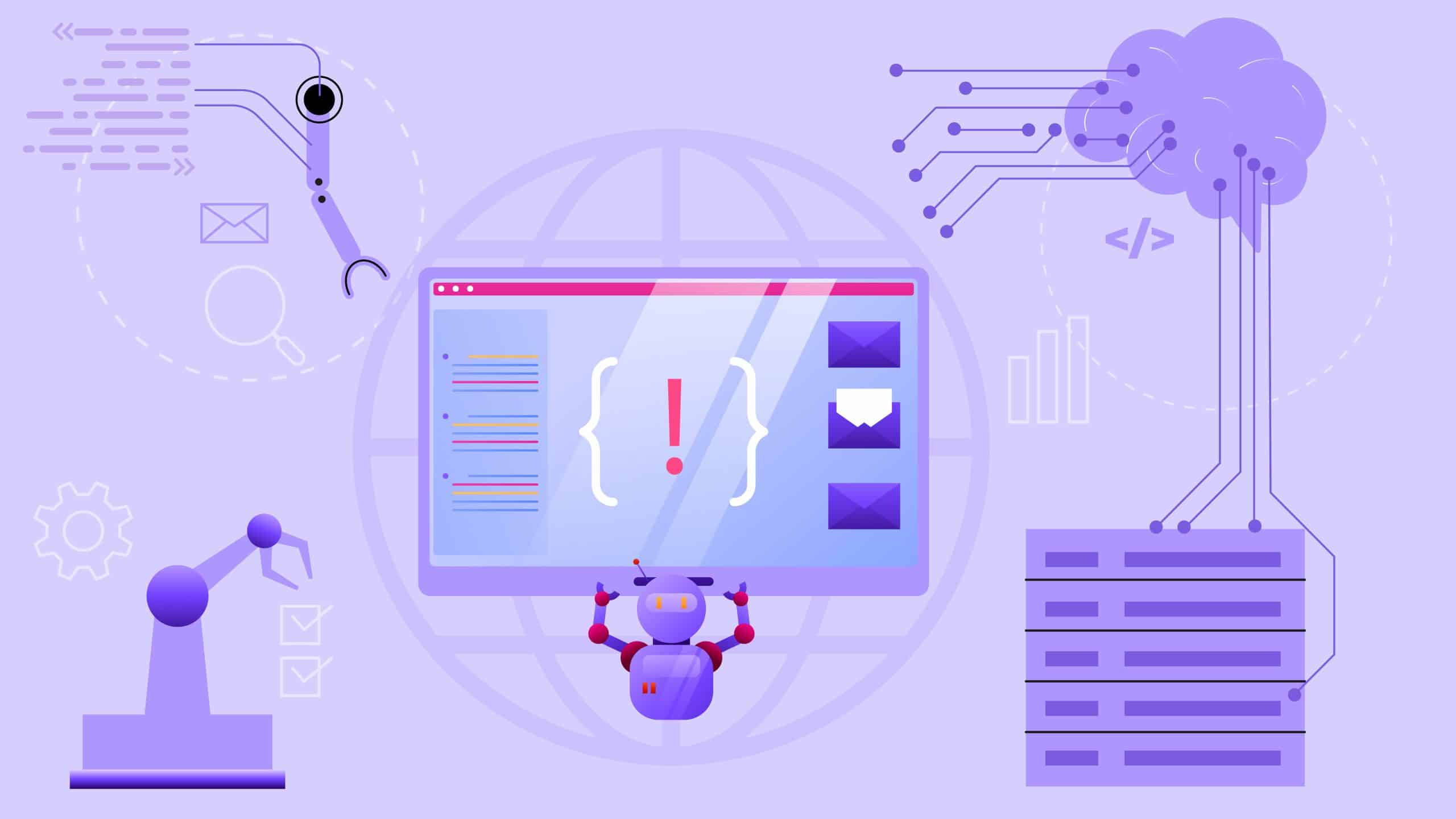Key Challenges and Solutions in Automation Testing for SaaS Products

- July 10, 2023
- admin
Introduction
In the world of software as a service (SaaS) products, automation testing plays a crucial role in ensuring product quality, faster release cycles, and enhanced customer satisfaction. When deploying test automation for SaaS applications, organizations must overcome a number of significant obstacles.
The purpose of this article is to examine these issues and offer practical solutions.
Understanding the Importance of Automation Testing for SaaS Products
Before diving into the challenges and strategies, it is essential to understand the importance of test automation for SaaS products. Test automation helps achieve the following:
- Faster feedback loops
- Identifying defects early in the development cycle
- Reducing manual effort on repetitive tasks
It ensures the reliability, scalability, and performance of SaaS applications, ultimately leading to improved customer satisfaction and retention.
Key Challenges in Automation Testing for SaaS Products
Challenge 1: Dynamic and Evolving Environments
SaaS products often operate in dynamic environments with frequent updates, deployments, and configuration changes. Since test scripts must swiftly adjust to these changes, their dynamic nature presents a problem for test automation. Without proper management and synchronization of test environments, automation scripts may fail or provide inaccurate results.
Challenge 2: Complex Application Architecture
SaaS products typically have complex application architectures involving multiple layers, components, and integrations. An in-depth knowledge of the application’s behavior and the interactions between various modules is necessary for testing such complex systems. Creating and maintaining effective test scripts that cover the entire application landscape becomes a challenge due to the complexity involved.
Challenge 3: Data Management and Security
SaaS products handle sensitive customer data, making data management and security a significant concern. Test automation should not compromise data privacy or expose sensitive information during the testing process. Ensuring data integrity, anonymization, and encryption becomes crucial while designing and executing automated tests.
Challenge 4: Continuous Integration and Deployment
SaaS products often follow continuous integration and deployment practices, aiming for rapid feature releases. However, integrating test automation into this continuous delivery pipeline poses challenges. Tests need to align with each build, execute within shorter time frames, and provide prompt feedback to development teams. Achieving this synchronization and speed requires careful planning and efficient test execution strategies.
Challenge 5: Scalability and Performance Testing
Scalability and performance testing become increasingly important as the user base of SaaS products grows. Test automation should be capable of simulating a large number of users and accurately measuring system performance under different loads. Achieving realistic load testing and identifying bottlenecks in the application’s scalability present challenges for test automation engineers.
Overcoming the Challenges
Strategy 1: Implementing Robust Test Frameworks
Building a robust test framework is essential to handling dynamic environments and complex application architectures. The framework should allow easy maintenance and adaptability to frequent changes. Leveraging tools and frameworks like Selenium, Appium, and Cypress can provide a foundation for efficient test automation.
Strategy 2: Prioritizing Test Coverage
To address the challenge of complex application architecture, prioritizing test coverage becomes crucial. Conducting a thorough risk analysis and identifying critical areas of the application can help allocate resources and prioritize automation efforts. Focus on critical user workflows, integration points, and functionalities that impact the overall user experience.
Strategy 3: Adopting DevOps Practices
DevOps practices emphasize collaboration, automation, and continuous improvement. Integrating test automation into the DevOps pipeline facilitates faster feedback, reduces time to market, and ensures quality at every stage. Close collaboration between the development, operations, and testing teams is crucial for successful implementation.
Strategy 4: Leveraging Cloud-Based Testing Infrastructure
Scalability, flexibility, and cost effectiveness are offered by cloud-based testing infrastructure. It allows organizations to simulate real-world scenarios, perform parallel test execution, and access a wide range of devices and platforms. Leveraging cloud-based services such as AWS Device Farm, Sauce Labs, or BrowserStack can help overcome scalability and testing infrastructure challenges.
Strategy 5: Investing in Automation Testing Training and Skill Development
Investing in training and skill development for test automation engineers is vital to addressing the evolving challenges. Staying updated with the latest tools, frameworks, and industry best practices enables engineers to develop efficient test scripts and strategies. Organizations should encourage continuous learning and provide opportunities for skill enhancement.
Conclusion
Test automation for SaaS products presents several challenges due to dynamic environments, complex architectures, data management, continuous integration, and scalability requirements. However, these difficulties can be successfully handled with the appropriate measures in place. By implementing robust frameworks, prioritizing test coverage, adopting DevOps practices, leveraging cloud-based testing infrastructure, and investing in skill development, organizations can ensure efficient and reliable test automation for their SaaS products.
FAQs (Frequently Asked Questions)
How does automation testing benefit SaaS product development?
Test automation helps in achieving faster feedback loops, identifying defects early, reducing manual effort, and ensuring the reliability and scalability of SaaS products.
What are the major challenges in automation testing for SaaS products?
The key challenges include dynamic and evolving environments, complex application architectures, data management and security, continuous integration and deployment, and scalability and performance testing.
How can organizations overcome the challenge of complex application architectures in automation testing?
Prioritizing test coverage, conducting risk analysis, and focusing on critical areas of the application can help overcome the challenges posed by complex architectures.
What are some popular tools and frameworks for automation testing of SaaS products?
Tools like Selenium, Appium, and Cypress are widely used for test automation of SaaS products.
How can organizations ensure scalability and performance testing in automation testing?
Leveraging cloud-based testing infrastructure allows organizations to simulate real-world scenarios, perform load testing, and identify scalability bottlenecks.











